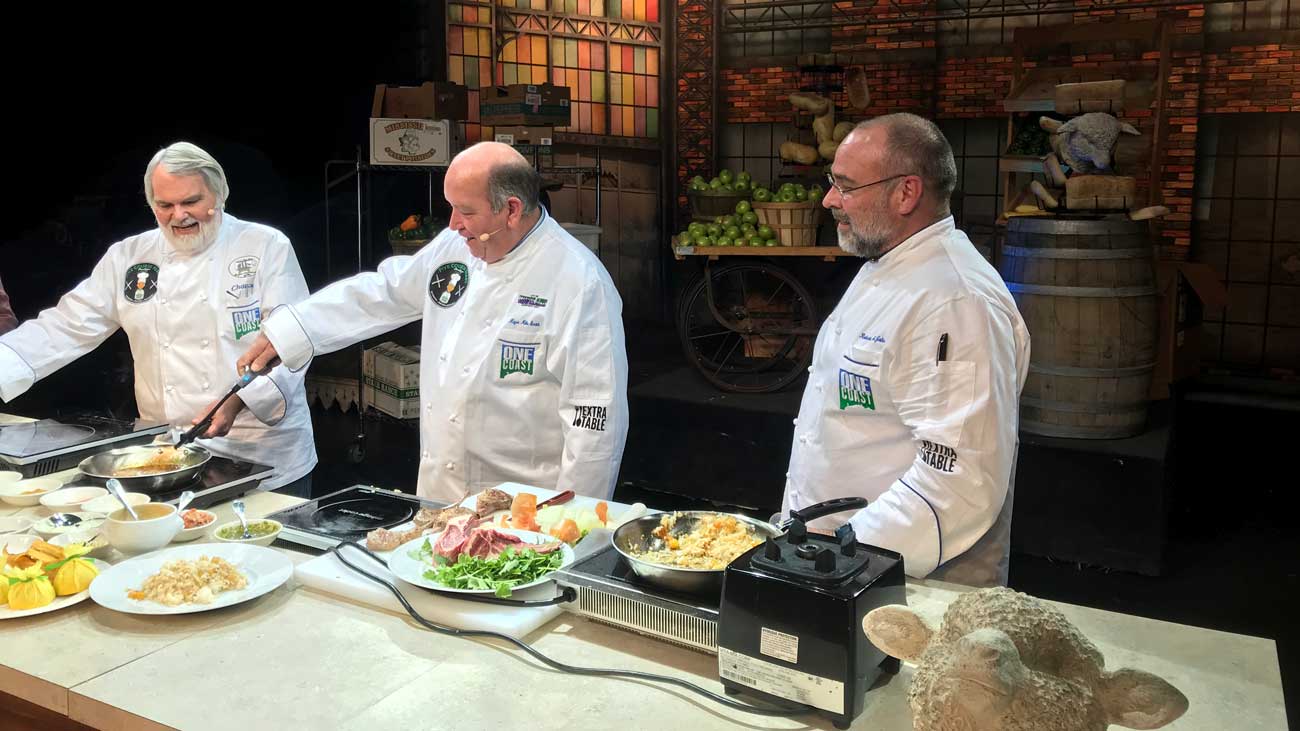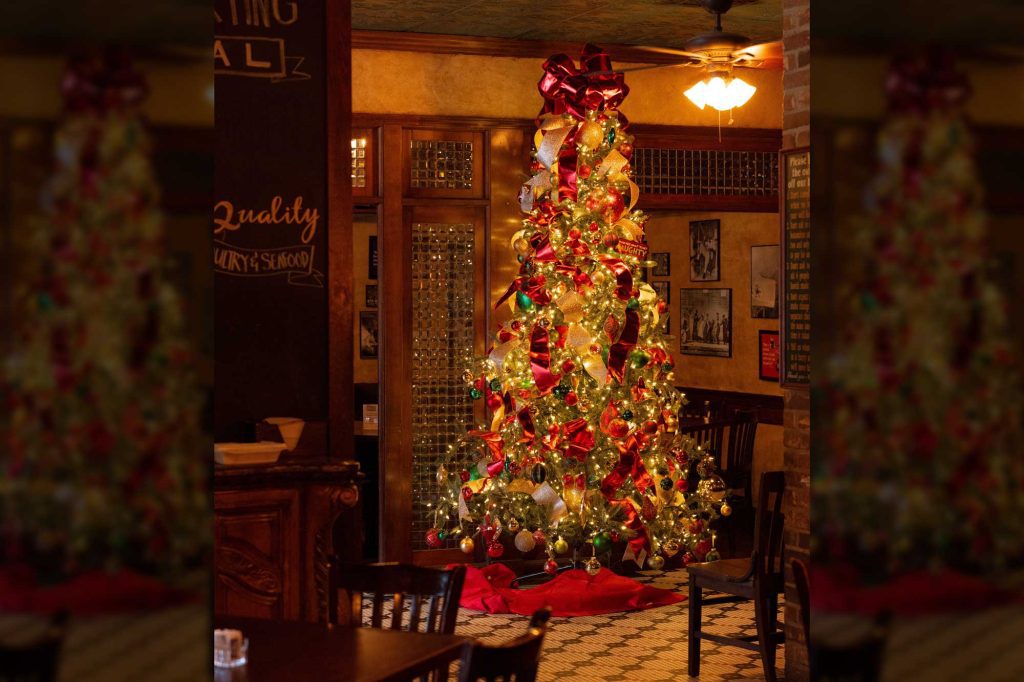“She ‘tifs’ the buns.”
Those four words were one of the greatest culinary mysteries of my childhood.
I’m not even sure of the actual spelling of the word “tif,” since it’s a word that I apparently made up. It might have one “f” or two. All I know is that Patty Hall tiffed her buns and my mother never did.
Before you take that previous sentence and start running in an inappropriate direction with it, we are talking about hamburgers here.
My lifelong friend, Stan Hall, and I started attending school together in kindergarten and, 14 years later, we both walked as a part of the senior class of 1979 at Beeson Academy. After kindergarten our mothers would take us to the Frostop restaurant for a hamburger, fries, and an orange drink. Occasionally we would eat lunch at one of our parent’s houses.
If we ate lunch at my house in those days we would have probably eaten a peanut butter and jelly sandwich. When we ate at the Hall’s house we ate hamburgers.
I came home one day and, with the brutal, insensitive bluntness of a five-year old, told my mother, “Patty Hall’s hamburgers are better than yours.”
“Why?” she asked. “What does she do differently?”
“She tiffs the buns,” I replied.
“How does she ‘tif’ the buns?”
I didn’t have an answer for that question. I’m sure I assumed something along the lines of— hey, you’re the adult here. You do all of the cooking. Don’t you know how to tif buns, lady?
Hoping not to be out-tiffed in the hamburger department of the afterschool lunch category, she picked up the phone and called Patty Hall, and if the conversation didn’t go something like this, it should have:
“How do I tif my buns, Patty?”
“Excuse me?” Hall replied.
“I need to tif my buns and I don’t know how to do it.”
“What?”
“Robert says you tif buns better than anyone and I need you to teach me how to tif buns.”
“Dinny, have you been drinking?”
“No, but Robert came home today and talked about how much better your hamburgers were than mine. He said that you ‘tif’ your buns. How do I do that?”
Patty Hall didn’t have a clue. I think eventually they both assumed that the hamburger buns were being toasted in the oven. So my mother began toasting buns in the oven when she made hamburgers. Unfortunately, that didn’t get it for me, and the entire tiffing process became a mystery until last week.
I have been on a quest to develop the best burger in the state. Last week we opened a new cocktail/small plate concept next to the Purple Parrot Café called Branch. It’s mainly a bar, but at the last minute we decided to develop a small seven-item lunch menu and open 15 of the seats up during the lunch hour.
Most of the items came quickly— fried-oyster salad, pulled pork sandwich, ramen, fish in a bag. But we kept working on the burger. It had to be perfect. It had to be the best burger in the state.
We knew we were going to grind the beef fresh every morning and the management team taste-tested several combinations of freshly ground cuts of beef with different ratios of fat-to-beef percentages. The overwhelming winner was a mix of beef short rib and beef brisket. Perfect.
We added house brined pickles, onions, and then began testing cheeses before deciding on a medium-sharp cheddar. The final component— and the second-most important one— was the bun. We tried several styles and preparations before settling on a beautiful brioche.
Once the bread was selected we ran it through the vertical toaster we use for high-volume production in Crescent City Grill and tested a hamburger. It was good, but there was something missing. All of the other components were perfect— meat, cheese, accompaniments— but it could be better.
We toasted the bun in the standard oven, and then in the convection oven, before running it through the toaster again. Still there was something missing. Then, as I was standing behind the cook line at the Parrot and in a hurry to try and finish this final item on our testing schedule, I brushed unsalted butter on the brioche and placed it face down on the flat-top griddle.
The 45-year mystery was solved. I tiffed the buns.
There is something about butter, bread, and a flat-top griddle that makes sandwich magic. It’s the difference between a toasted-cheese sandwich and a grilled-cheese sandwich. The grilled cheese is infinitely better. The flat surface of the griddle makes contact with butter and bread and the edges get a little more toasted than the center which turns a nice uneven golden brown in certain spots due to slight imperfections in the bun’s surface and the heretofore unknown and highly scientific process of tiffing occurs.
We don’t tif a lot of buns in Branch because we grind just enough fresh hamburger meat to get us through lunch. Once it’s gone, that’s it until the next day. Though the few buns we do tif are a perfect reminder of my youth and are hopefully good enough to make Patty Hall proud.



